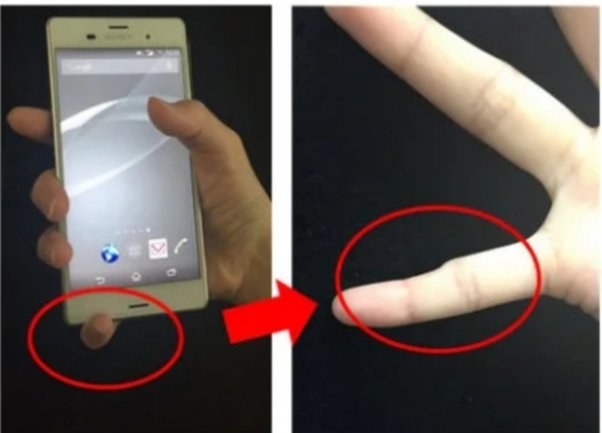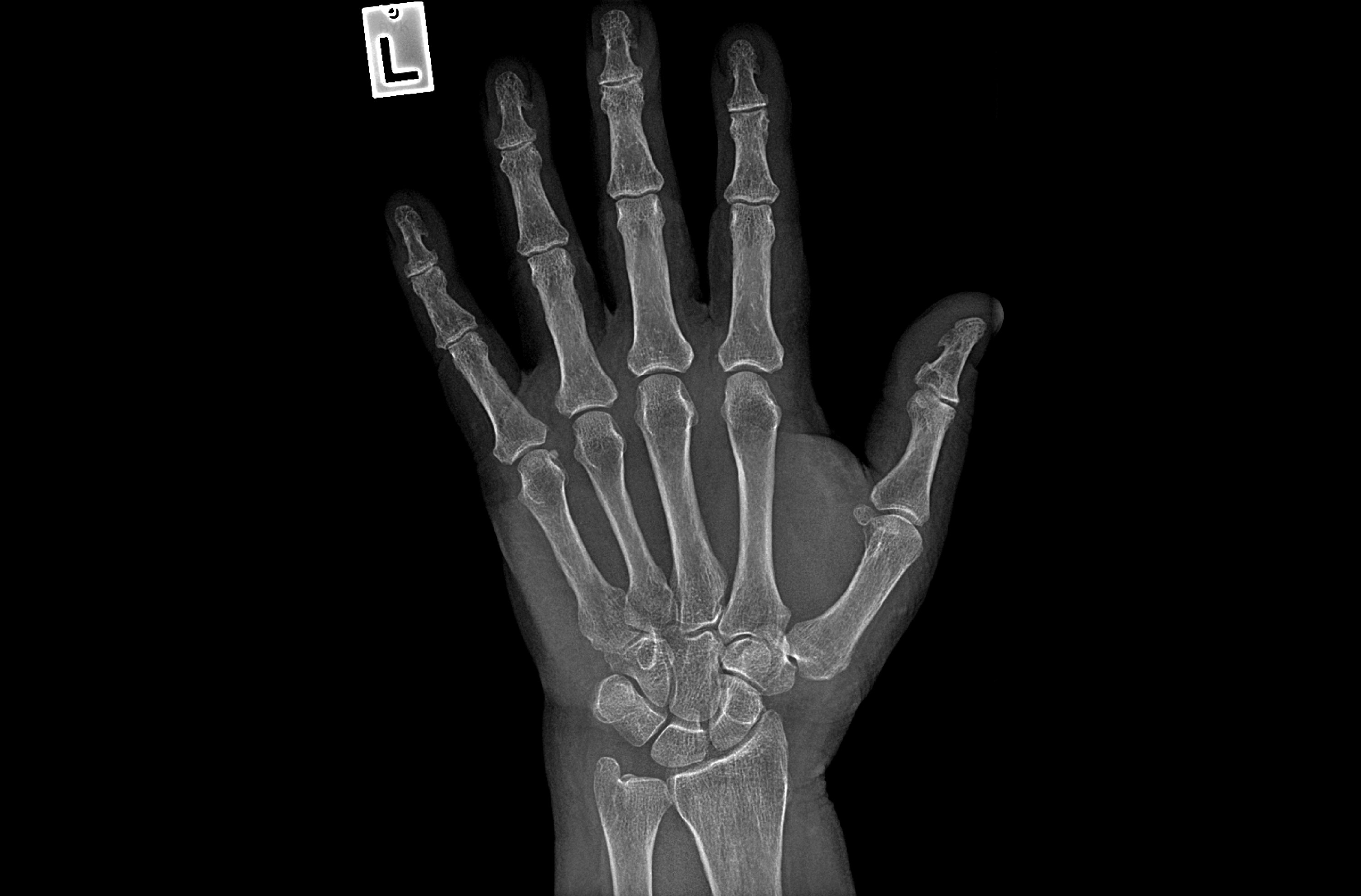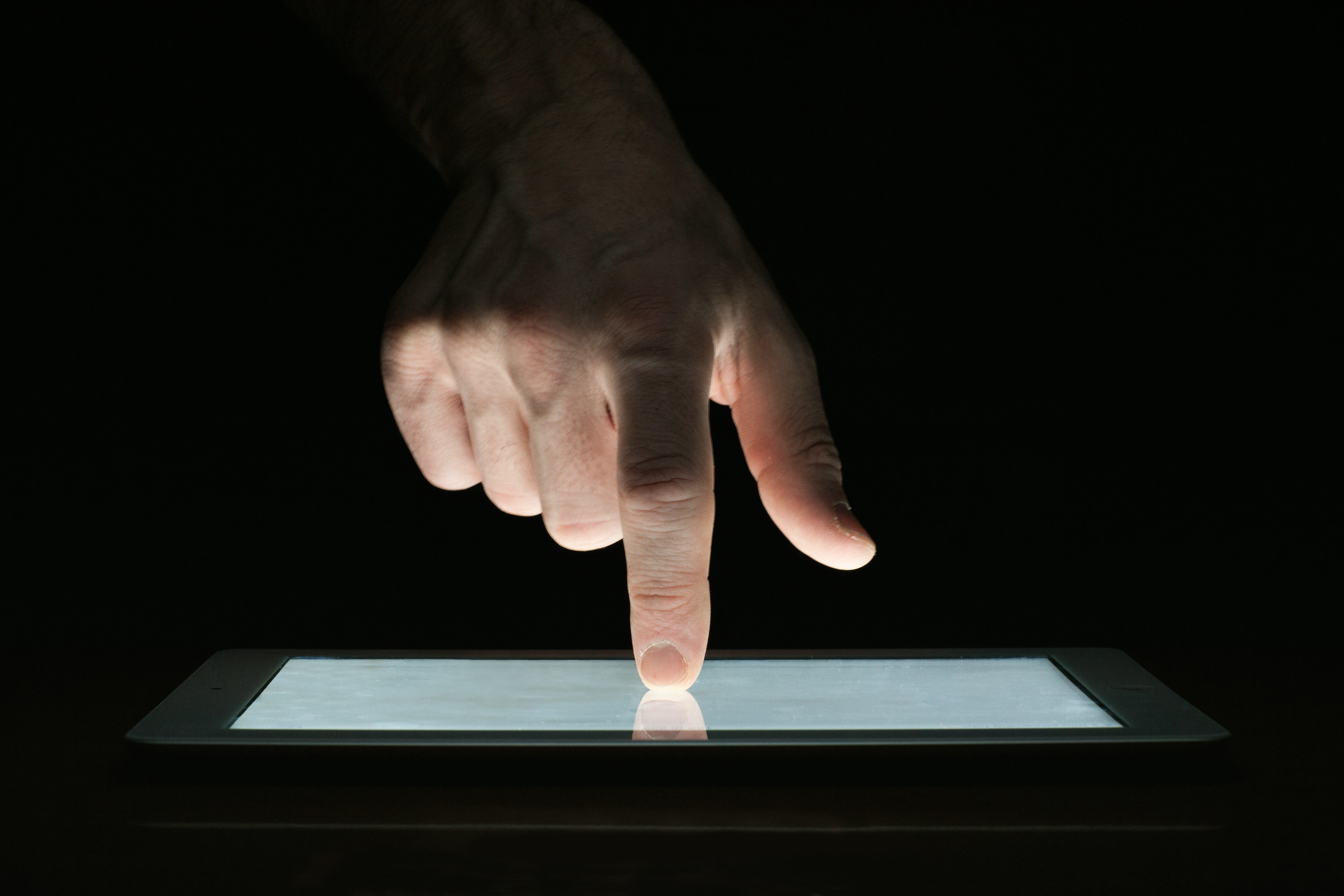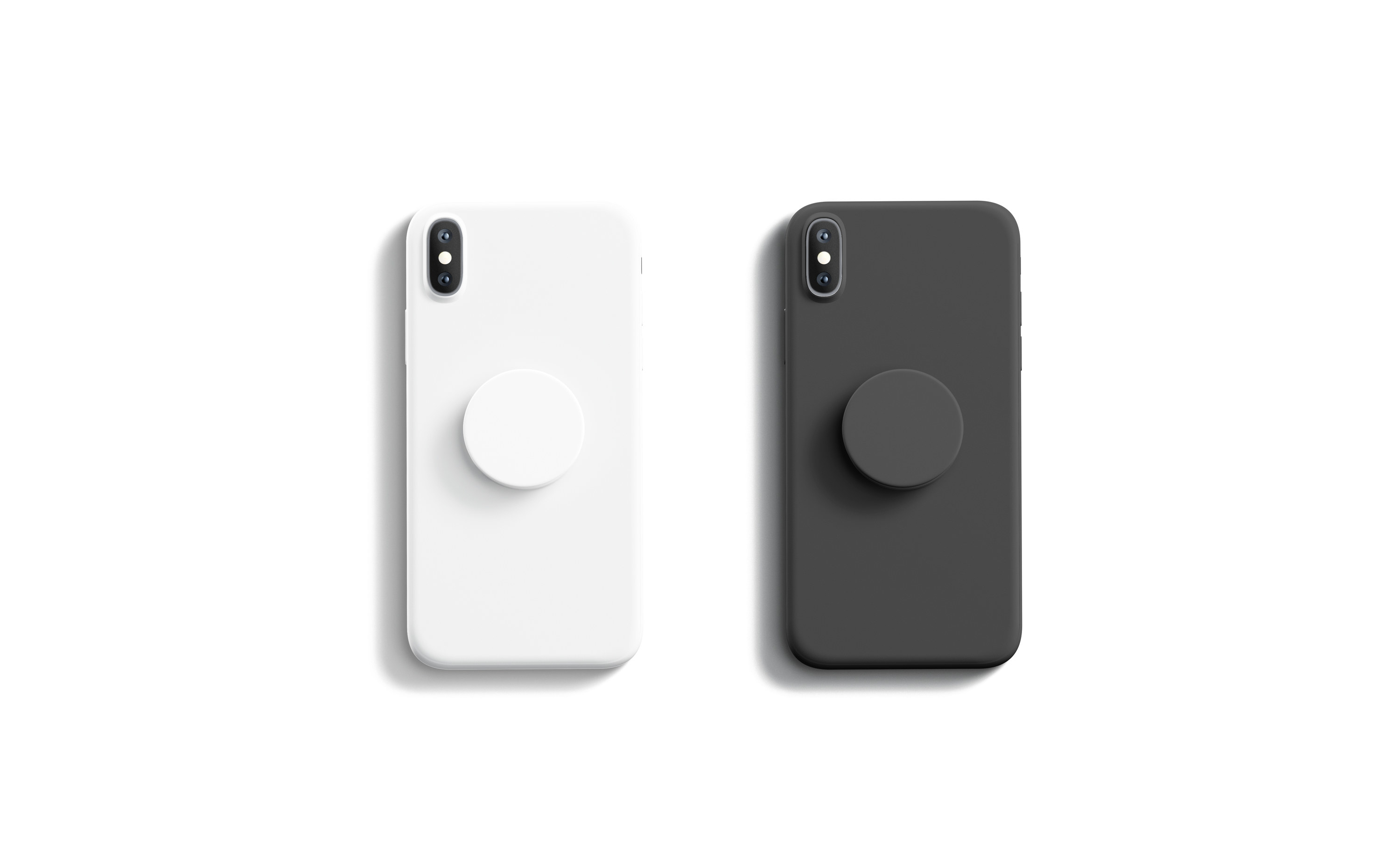Last month, a tweet about pinkies sent the internet into a bit of a downward spiral.
I don’t know who needs to hear this but, when you’re using your phone, stop using your pinky as an anchor. It’s destroying your wrist and aggravating your ulnar nerve.
It seems like everyone realized their pinkies were at risk.
@MrsBundrige @sarahlugor Found a new thing to anxiously worry about…
It was a revelatory moment for us all.
@MrsBundrige So… how do I hold my phone now?
And for some, it looked like the damage had already been done.
@MrsBundrige Too late, I've had a permanent pinky dent for a while now 😬😅
I had so many questions. Is it dangerous? Is it curable?

So, to find out if there's any truth behind "smartphone pinky," I spoke with Dr. Ruba Katrajian, an osteopathic physician in New York City who says the "condition" is not real.
"I do have to say I had not heard the term 'smartphone pinky' before," she told BuzzFeed. The reason why people may be seeing that mysterious dent in their pinky is due to "the weight of the phone," she explained.
So, when you use your pinky as an "anchor," you are not damaging your ulnar nerve, or any part of your finger, for that matter. However, Dr. Katrajian did warn of other hand injuries that arise from excessive phone use.
She's seen two conditions that "are both caused by inflammation in the tendons around the thumb and wrist, from overuse," she said. The first is trigger finger, a condition where your finger gets stuck in a bent position before straightening with a snap. Second is De Quervain's tenosynovitis, which is characteristically defined by a sore wrist on the thumb's side, as well as swelling and difficulty moving your thumb or wrist when attempting to grab things.

You may have trigger finger if you feel stiffness or a 'clicking' sensation in your hand joints. In that case, it might be time to give your fingers a rest. And if the swelling and pain persists after a few days, it may be time to see a doctor.

It may also be worth getting checked for De Quervain's tenosynovitis if you have persistent pain and swelling in the wrist. If the condition is left untreated for too long, the pain may spread more, possibly all the way into the forearm.

And while trigger finger and De Quervain's tenosynovitis can happen to anyone, both of these conditions are more common in women than in men.
Luckily, avoiding these injuries is easy. Dr. Katrajian recommends using a phone grip or pop socket, instead of resting the phone on the pinky. She also advises avoiding the same repetitive motions with the fingers and taking breaks from using your phone.

